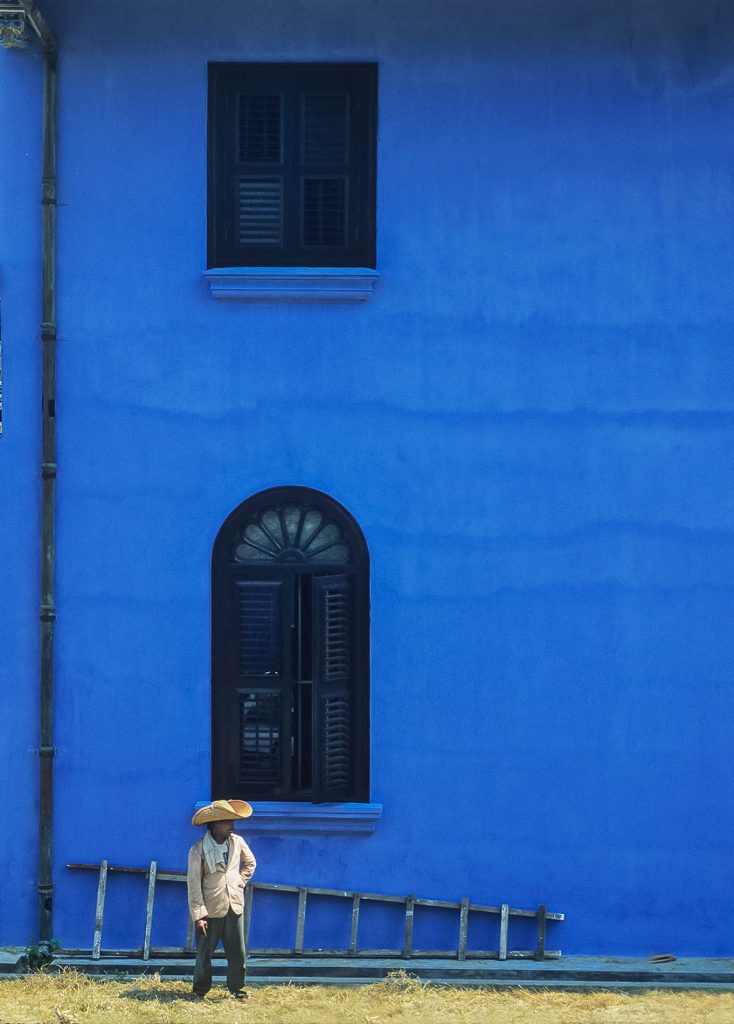Malaysia
Malaysia occupies the southern part of a peninsula that runs about a thousand miles north to south. It is officially an Islamic state though it has an ethnic mix that reflects a long history of contact and colonization.
In purely geographic terms, there are two Malaysias. The first is what’s known as ‘peninsular’ Malaysia as described above. The other is known as ‘East Malaysia’ and is located on the northern third of the island of Borneo over 600 miles to the southeast. Here, Malaysia more than doubles its territory with the states of Sarawak and Sabah.
On the peninsula, the demographics skew toward those of Malay descent. They represent almost 70% of Malaysia’s 28 million people. Another 23% are considered ‘Malaysian Chinese’ while almost 7% are ‘Malaysian Indians’. Those of Malay descent are considered ‘bumiputra’, a term originally transcribed from Sanskrit that roughly means ‘son of the land.’
Also, the native people of Borneo, known as ‘Dayaks’, are also afforded this bumiputra status by Malaysian law. Originally animist in their religious beliefs, many of these Dayaks have been converted to Christianity or Islam. Before contact with with the West, Borneo’s Dayaks were known for their ferocity and some groups practiced head-hunting with their enemies.
All of this, as you can imagine, makes Malaysia a fascinating and complex place to visit. There are often political tensions between the bumiputra and the Chinese and Indian minorities, and on Borneo, the native Dayaks have seen conflict over land rights issues and deforestation with the Malaysian government.
